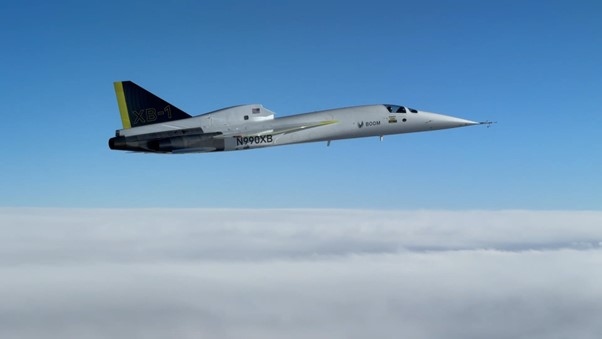
Photo courtesy: Boom
On January 28, 2025, Boom Supersonic’s XB-1 demonstrator made history by becoming the first manned civilian aircraft to break the sound barrier since the Concorde era. This landmark flight marks a significant step towards the resurgence of supersonic travel, promising to revolutionise air travel as we know it.
A Historic Flight from Mojave Air and Space Port
The XB-1 took off from the Mojave Air and Space Port (MHV) in California at 8.22am local time, piloted by Tristan “Geppetto” Brandenburg. Brandenburg, an experienced test pilot and former naval aviator, guided the aircraft towards a reserved airspace section over the Mojave Desert. This area had been specially approved by the Federal Aviation Administration (FAA) for the test.
Going Supersonic
Approximately 11 minutes and 30 seconds after take-off, the XB-1 successfully went supersonic. The aircraft was accompanied by two chase planes—a Dassault Mirage F1 and a Northrop T-38 Talon—equipped with high-definition cameras and specialised data-collecting equipment. This test flight was the 12th for the XB-1 out of Mojave, and during this flight, the aircraft broke the sound barrier three times before landing back at the departure airfield at 8.55am local time.
Global Attention
The flight garnered significant attention, becoming the most tracked flight globally on Flightradar24 and was broadcast live on several social media platforms. This widespread interest highlights the global excitement surrounding the return of supersonic travel.
The Future of Supersonic Travel: Overture
Boom Supersonic’s mission extends beyond the XB-1. The company aims to bring back supersonic air travel with the development of a clean-sheet supersonic airliner, named Overture. This advanced jet is expected to accommodate 64 to 80 passengers and cover distances of up to 4,250 nautical miles (7,867 kilometres) at a cruising speed of Mach 1.7.
A Promising Horizon
Boom Supersonic has reported an order book of 130 aircraft, including commitments and pre-orders from prominent airlines such as American Airlines, Japan Airlines, and United Airlines. With such strong interest, Boom Supersonic is well on its way to making supersonic travel a reality once again.
The success of the XB-1 demonstrator and the development of the Overture airliner signal an exciting future for aviation. As we look forward to faster, more efficient air travel, Boom Supersonic’s achievements remind us that the sky is truly the limit. Keep an eye on this space for more updates on the future of supersonic travel.
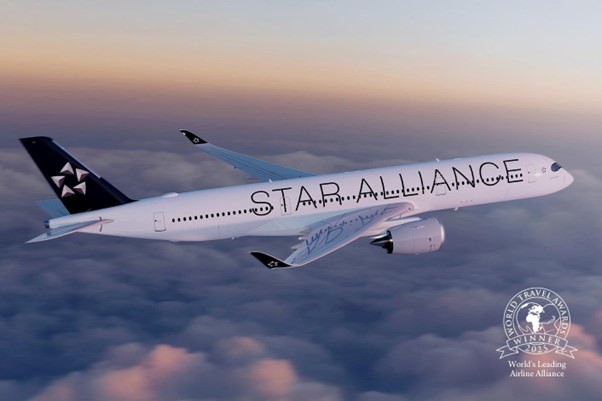 Star Alliance Named World’s Leading Airline Alliance for 2025 at World Travel Awards
Star Alliance Named World’s Leading Airline Alliance for 2025 at World Travel Awards 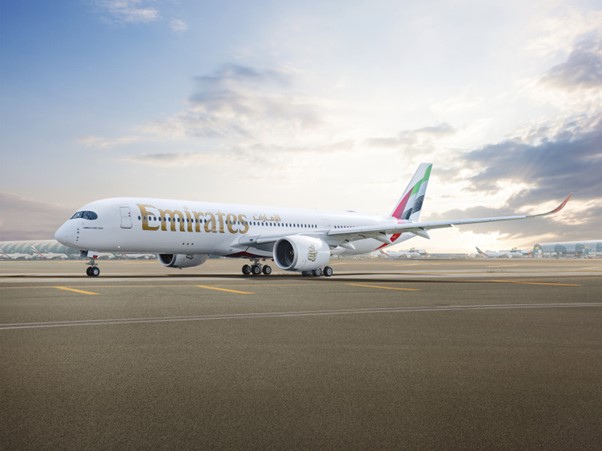 Emirates Ends 2025 on a High with Five World Travel Awards and Over 20 Global Honours
Emirates Ends 2025 on a High with Five World Travel Awards and Over 20 Global Honours 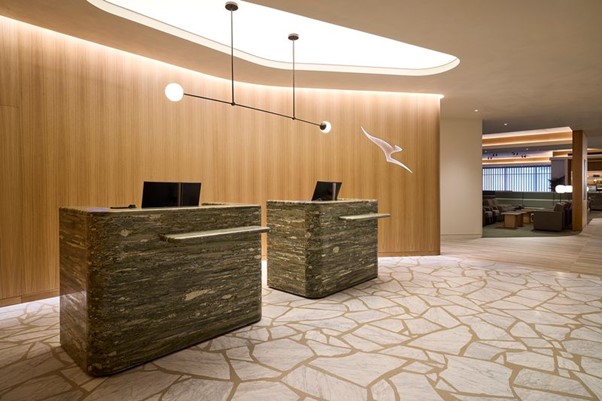 Qantas Unveils New Auckland International Lounge Ahead of Holiday Rush
Qantas Unveils New Auckland International Lounge Ahead of Holiday Rush 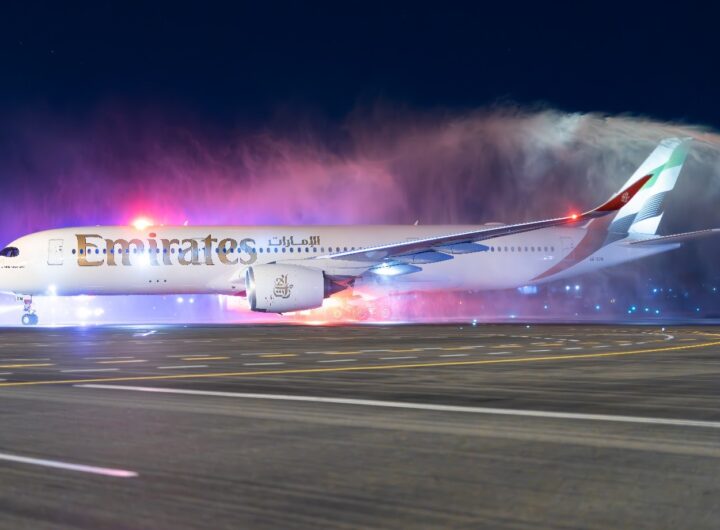 Emirates A350 Debuts in Adelaide with New Premium Economy, Boosting Connectivity and Comfort to Dubai
Emirates A350 Debuts in Adelaide with New Premium Economy, Boosting Connectivity and Comfort to Dubai 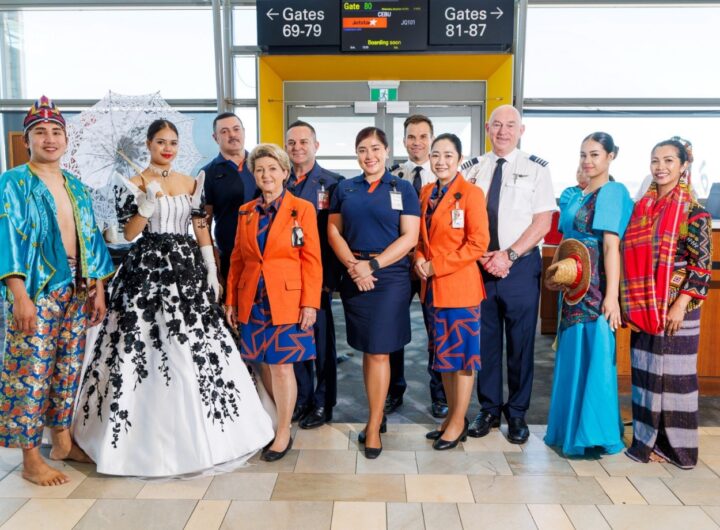 Jetstar Launches First Direct Brisbane–Cebu Flights: New Gateway from Queensland to One of the Philippines’ Most Beautiful Islands
Jetstar Launches First Direct Brisbane–Cebu Flights: New Gateway from Queensland to One of the Philippines’ Most Beautiful Islands  Qantas Elevates A380 First Class with New Fine Dining, Aesop Amenity Kits and Bollinger Champagne
Qantas Elevates A380 First Class with New Fine Dining, Aesop Amenity Kits and Bollinger Champagne  Stray Nomad 2025: A Year in Review
Stray Nomad 2025: A Year in Review 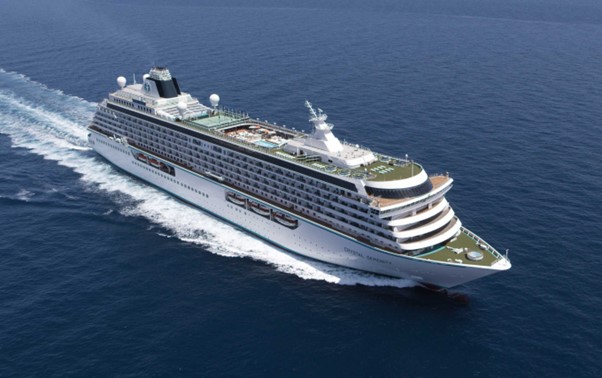 Crystal Serenity Unveils 2028 Amazon, Caribbean and Azores Voyages
Crystal Serenity Unveils 2028 Amazon, Caribbean and Azores Voyages 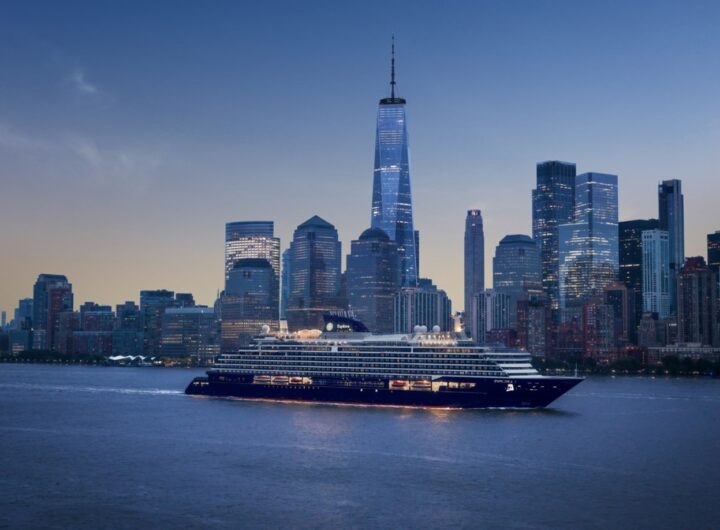 Explora Journeys and Hilton Unite for a New Era of Luxury Ocean Travel with Launch of Hilton Honors Adventures
Explora Journeys and Hilton Unite for a New Era of Luxury Ocean Travel with Launch of Hilton Honors Adventures 